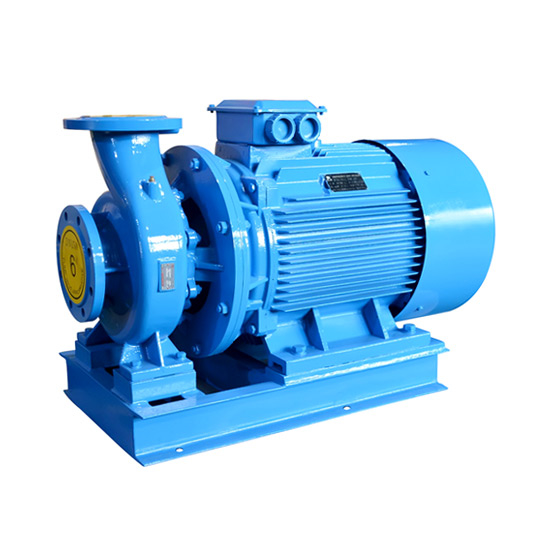At a construction site, a water pump is normally used to get rid of excess water that accumulates due to high water tables or rain. Pumps mainly serve two purposes; provide a supply of water for jetting and sluicing, pumping water for cofferdams, and keeping water out of foundations, tunnels, and other excavations pits. There are several factors that determine the type of water pump required. These include the amount and rate at which the liquid is removed, the complexity of the project, the loss due to friction, the type of liquid, the height of suction lift, and the size of the pump. Below are the various types of water pumps that can be used at a construction site;
Centrifugal Pumps
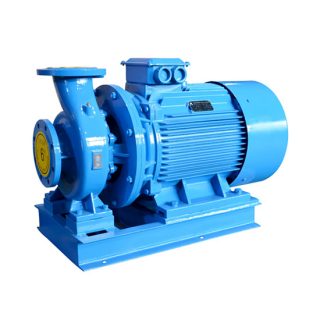
A centrifugal pump has a rotating impeller that sucks water into the pumps and discharges it. The rotating impeller sucks out air and creates a vacuum. Atmospheric pressure causes water to occupy the empty space left behind. A centrifugal pump can be used to pump all types of liquid regardless of their viscosity.
In some cases, the cover of the centrifugal pump can be filled with gases and vapors which prevent proper pumping. In such cases, priming is done to unlock the pump. Priming is the process of filling the casing of the pump with liquid before starting the pump. There are self-priming centrifugal pumps that have water in reserve within the impeller chamber.
Properties of Centrifugal Pumps
- Mainly used to pump water from domestic wells.
- Used to pump water in facilities where pneumatic systems are compatible with no requirement for suction lift.
- They can also act as a sump pump in either vertical or horizontal configurations.
- Centrifugal pumps convey continuous pressure source for the fire protection system.
- They require recirculating liquid to prevent overheating.
- Priming is required for the proper operation of the centrifugal pump.
Displacement Pumps
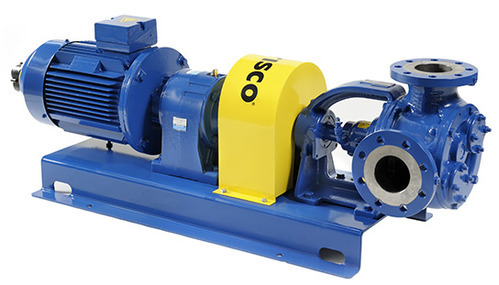
Displacement pumps come in two forms; reciprocating pumps and diaphragm pumps.
Reciprocating Pumps
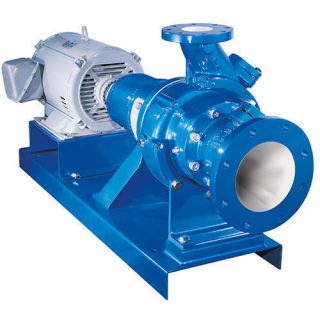
Reciprocating pumps work through the movement of the piston in a cylinder. Large reciprocating pumps have between two to three cylinders. When the piston moves in one direction, the water is drawn into the cylinder. When the piston moves to the rear end, the water is pushed out.
One advantage of reciprocating pumps is their high efficiency and reliability. They are able to pump to varying heights with a uniform discharge. They are mainly used in low-flow conditions.
Diaphragm Pumps

Diaphragm pumps have a diaphragm that raises and lowers drawing water into the cylinder. Water is sucked into the cylinder when the diaphragm moves out. The water is discharged to the delivery pipe when the diaphragm moves down. Diaphragm pumps can deliver liquids that contain 10 to 15% solids and can work with water with varying flow characteristics.
Submersible Pumps
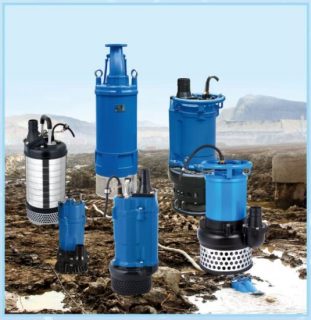
Also called electric submersible pumps (ESP) or sump pumps, submersible pumps lower the groundwater and remove water from a deep sump. The pump is built with a sealed motor close-coupled to the pump body. The pump is submerged in the fluid to be pumped.
The submersible pump is made of a motor and a centrifugal unit enclosed in a single cylindrical unit. Space is left between the pump and casing to facilitates the movement of water up to the rising main. The sump pumps are mainly used for heavy-duty pumping in construction that requires lifting of gritty water.
Airlift Pumps
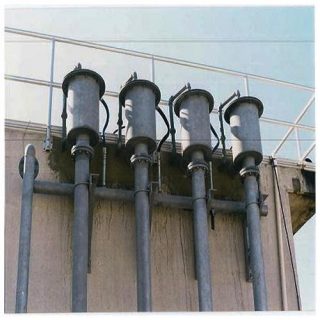
Airlift pump consists of a vertical pipe that is submerged with a major portion of the pipe lying below the water level. Air is sucked and compressed into the lower points. Water is carried up by the air at the bottom. The water rises up to the delivery area. These pumps are mainly used to move silt from the base of a cofferdam.

